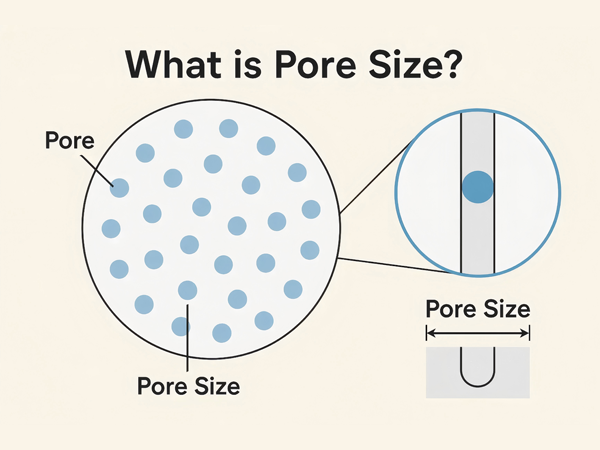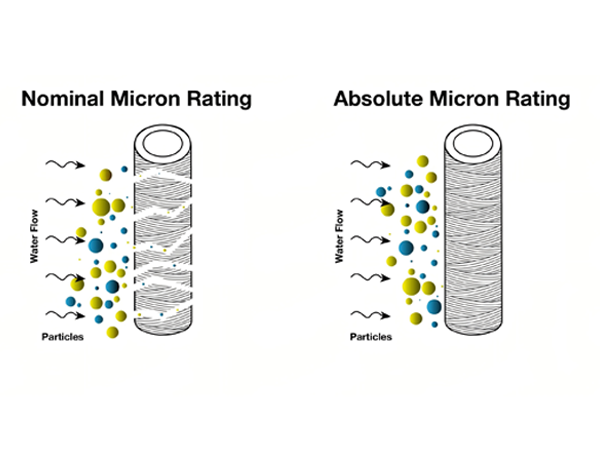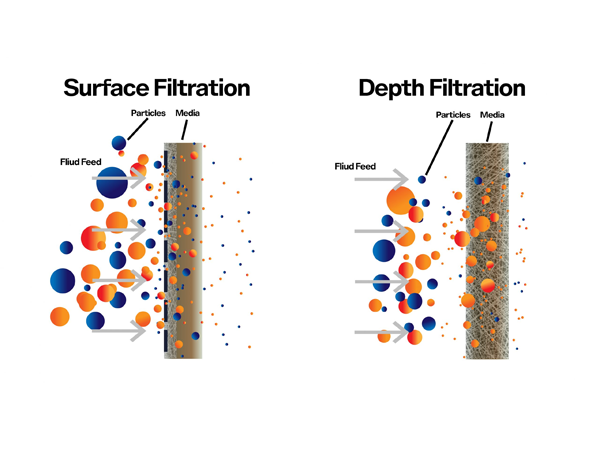Filter Media Selection: Maximize Efficiency & Reduce Costs
In sectors like industrial, pharmaceutical, semiconductor, and water treatment, choosing the right filter media is crucial, as it affects equipment performance, maintenance expenses, and overall operational efficiency. Grasping how maximum pore size relates to filtration rating is essential for selecting filter media that delivers both high performance and cost-effectiveness.
Maximum Pore Size
- Definition: The largest single pore size present in the filter media, typically measured in micrometers (μm) or nanometers (nm).
- Function: Determines the largest particle that the filter media can retain. Particles larger than the maximum pore size will be intercepted on the surface or within the filter media.
- Measurement Methods:
- Bubble point test
- Electron microscopy
- Standard particle challenge test
- Note: The maximum pore size represents the filter media's performance threshold, directly impacting filtration safety and reliability.
Filtration Rating
- Definition: The particle retention capability of a filter medium, typically expressed as a nominal pore size or efficiency value (e.g., "5 μm filtration rating").
- Common Types:
- Absolute rating: The smallest particle size that can be retained at 100% efficiency (e.g., membrane filter media).
- Nominal rating: The specific particle size that is captured at a certain percentage (e.g., 90% – 98%) (e.g., depth filter media).
Relationship Between Maximum Pore Size and Filtration Rating
Other Influencing Factors
- Filter Media Type:
- Surface filters (membranes):Uniform pore size; maximum pore size consistent with filtration rating.
- Depth filters (fiber, sintered materials): Wide pore size distribution, requiring evaluation in conjunction with efficiency curves.
- Testing Standards: Different standards (ISO, ASTM) may yield varying nominal ratings for the same filter media.
Selection Strategy: Balancing Efficiency and Cost-Effectiveness
- Critical applications (pharmaceuticals, semiconductor): Select absolute-rated filter media, ensuring maximum pore size ≤ target particle size.
- Non-critical applications (water treatment, oil filtration): Evaluate both nominal rating and maximum pore size to balance cost and performance.
- Verification method: Confirm performance via particle challenge tests or actual fluid testing.
Choosing the appropriate filter media guarantees excellent filtration performance while extending service life, lowering maintenance costs, and improving overall system efficiency, thereby maximizing return on investment and achieving real cost-effectiveness.

































